

The history of Hurricane BE505 begins at the Canadian Car & Foundry Company factory in 1942 as construction number CCF/R20023. The aircraft was originally ordered as a Mk.1 for the RAF and allocated the military serial number AG287. However, the production batch was diverted to Royal Canadian Airforce (RCAF) use and a new Canadian serial, 1374, was allocated.
Delivered on 11th February 1942, BE505 served with the RCAF until being returned to the factory in 1943 to be upgraded to Mk.XII standard. This included the installation of the more powerful Packard-built Merlin 29 engine. Returning to RCAF use she was issued to No.1 (F) OTU (Bagotville, Quebec) where she remained until struck off charge on 6 September 1944.
This photo shows Flight Sgt John William Brooks DFM, of 174 Squadron after the Dieppe raid in 1942.
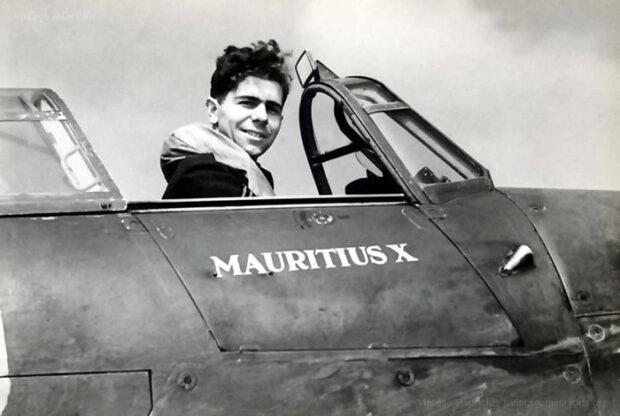
Following the end of the war, the airframe was sold off to the private sector, as were many surviving RCAF Hurricanes at that time. These airframes often became much needed “hardware stores”, donating their parts to keep the tractors and machinery running on the many enormous farms of the Canadian prairie. Our aircraft was lucky, however, and remained substantially whole before being acquired by collector Jack Arnold in the 1970’s. After passing through the hands of other collectors, she was purchased by Tony Ditheridge of Hawker Restorations Ltd.
Shipped to the UK and initially stored as a future personal project, restoration work began in earnest in 2005 at HRL’s facility in Suffolk. The project made steady progress until it was acquired by Hangar 11 Collection in 2007 and re-registered as G-HHII. The comprehensive restoration was finally completed in January 2009, and this rare Hurricane was rolled out in fighter-bomber – “Hurribomber” – configuration.
Resplendent in the markings of BE505, a Manston-based Mk IIB operated by 174 (Mauritius) Squadron in spring 1942, her first post-restoration flight took place from North Weald on January 27th, 2009.
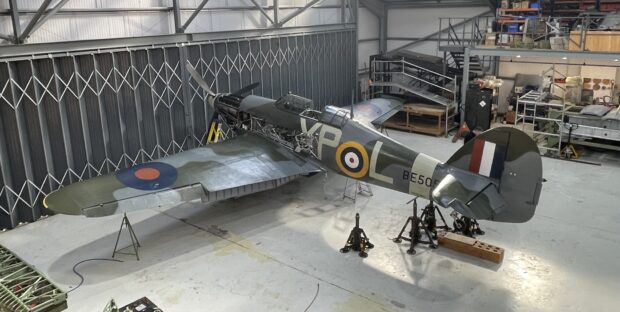
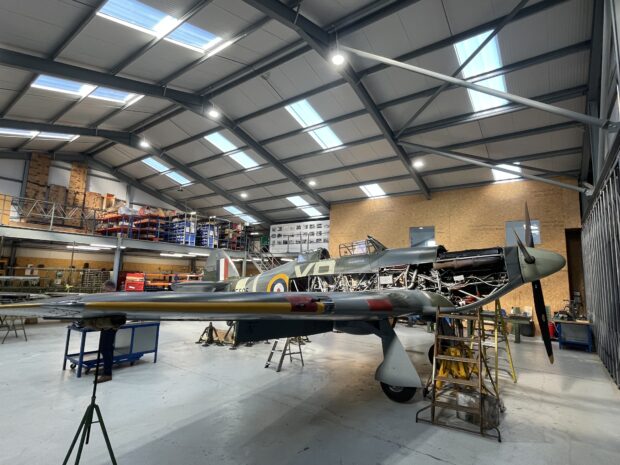
The Hurricane Mk.XII was fitted with a more powerful Merlin engine (Packard Merlin 29 fitted in BE505) and more effective armament than the Mk I Hurricanes. The ‘B’ wings were capable of housing twelve 0.303″ Browning machine guns but were generally reduced to ten when carrying either two 250lb or 500lb bombs. Indeed this latter configuration is that of ‘BE505’. When equipped with bombs the Hurricane was known as a ‘Hurribomber’.
Our Hurricane has been repainted in the colour scheme of Hurricane Mk.II “BE505”, “XP-L” which had been issued to 174 Squadron at Manston, Kent, formed from Hurribombers in March 1942.
“BE505” saw action during the Dieppe amphibious landing on 19th August 1942, piloted by Flight Sergeant C. Bryce Watson. He was shot down by flak and, although he survived the experience, he was captured and became a prisoner of war.
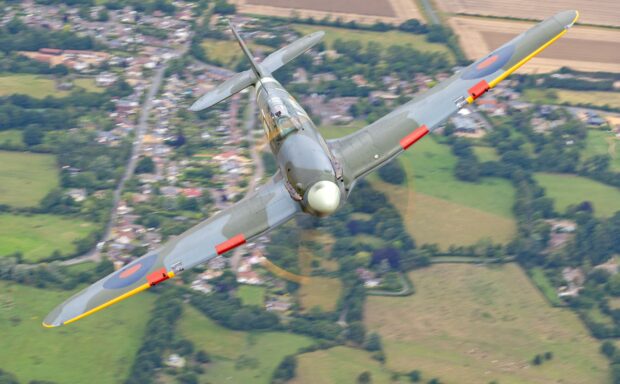
Length – 32ft 3in (9.84m)
Wingspan – 40ft 0in (12.19m)
Height – 13ft 1.5in (4.0m)
Engine – Packard Merlin 29
Power – 1,300 Hp
Max. Speed – 350mph (484km/h)
Range – 465 mile (748km)
Machine Guns – 12 x 0.303″ Browning
Bombs – 2 x 250lb or 2 x 500lb
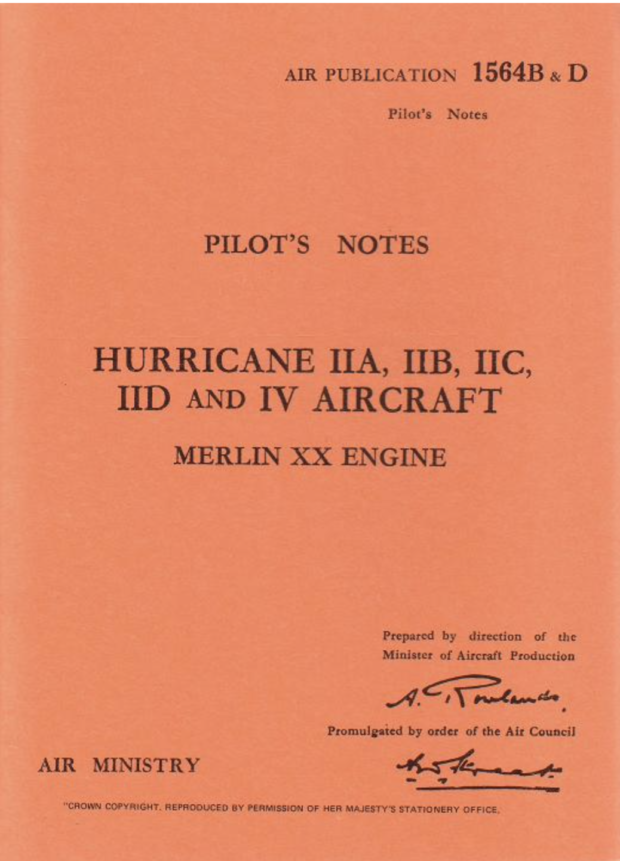
Hurricane Heritage runs flight operations from the beautiful and historic White Waltham Airfield.
The airfield has a long and illustrious history, dating back to 1935 when the de Havilland family acquired the land and formed the de Havilland School of Flying. Home to the Air Transport Auxiliary during the war, it's now a friendly and active aerodrome with great facilities.